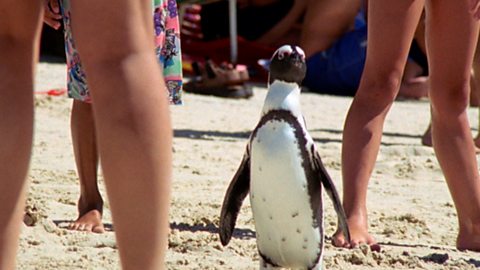[A beetle walks across the petals of a giant Amazonian water lily flower.]
This is a happy beetle.
This white flower has a sweet scent that promises a favourite meal… Life is good.
Oh…
Don't worry…
These incredible giant Amazonian water lilies aren't after their own little beetle-sized meal. The beetle is actually safe and sound and well fed inside the flower, which is actually about to magically transform.
So what's happening?
Why is this plant trapping unsuspecting beetles?
Well, all this is so that the water lily can make the next generation of plants. So that it can reproduce.
All flowers are made up of different parts that do unique jobs in the process of reproduction.
The male parts of the plant are called 'stamen'.
Pollen is made in the 'anther'.
Pollen is a fine powder needed to make new plants.
The part of the stamen that holds up the anther is called the 'filament'.
The pollen from the stamen needs to reach the female part of the flower, the 'carpel' – a process called pollination.
Pollen can be dispersed by the wind but pollination is usually carried out by unwitting insects attracted to the flower by the brightly coloured 'petals' and a meal in the form of nectar.
The nectar is made by 'Nectaries', which are usually deep in the centre of the flower.
In order to reach the nectar, the insect will rub past the stamen, picking up pollen, which is then transferred to the female part of the flower – the carpel.
As an insect travels from flower to flower it takes pollen with it, pollinating each new flower as it goes.
The Carpel has three parts; The 'stigma', which catches the pollen, the 'style', which the pollen travels down, and the 'ovary', where the pollen joins with the ovules to become seeds.
This is called fertilisation, and when the flower withers and these seeds are dispersed, they will become new plants.
So what's been happening in our giant Amazonian water lily? And what's happened to our beetle?
Well, amazingly, the water lily has developed an incredible trick to assure pollination for its species. When the flower turned pink, it turned male, showering the trapped beetle inside with pollen. The pink, male, flower no longer has an attractive smell so when it opens up, the beetle goes to look for another sweet smelling white flower and another good meal.
These white flowers are female and when they trap the beetle inside, as before, the pollen gets transferred to the female parts, fertilising the flower. This flower will then turn pink itself, and the whole process will begin again.
In nature the main goal of any plant or animal is to reproduce, to make the next generation of it species.
This happens in an amazing amount of different ways.
How did this elephant get here?
Well, it walked over here from behind that tree, but also, it was born.
This elephant is the offspring of its mother and father and now it has offspring of its own.
Like all mammals, elephants give birth to live young. The male fertilises the female, then the babies grow inside the mother's womb. When the baby is growing inside the mother, this is called gestation, and elephant babies have the longest gestation period of any land animal. Can you guess how long that could be? Well, it's a whopping 22 months, for nearly two whole years the elephant baby grows inside its mother – which is a long time, especially compared to the gestation period of a mouse, which is only 20 days.
Birds and most reptiles reproduce by laying eggs.
The male fertilises the female, which then lays the eggs. Birds sit on their eggs to keep them warm while they grow. Reptiles sometimes do something similar, surrounding their eggs with their bodies to keep them warm.
Turtles bury their eggs in the sand to keep them safe from predators and so that they stay a constant temperature. But wherever the egg is kept, inside, the baby bird or reptile grows until it is big and strong enough to break free, and the next generation starts its life.
Lots of animals need to produce many offspring as very few will survive to adulthood.
Fish need to lay hundreds, if not thousands, of eggs, because they must cope with a hostile environment and many predators, so only a very few will grow old enough to reproduce themselves.
The same is true for these baby turtles. They have a very hard start in life filled with predators and dangerous conditions, but because the mother laid so many eggs, it hopefully guarantees some will survive to produce the next generation.
It may not appear that there is anything unusual about this pregnant seahorse.
But some species do things very differently when it comes to reproduction, and in seahorses it is the male that gives birth.
It's true!
But however an animal reproduces, the goal is to ensure there is another generation. To ensure the survival of the species.
Video summary
We look at reproduction in various plants and animals using beautiful wildlife footage and summary graphics.
The giant Amazonian Water Lily is the first example of reproduction with the fascinating way it traps insects.
We see the reproductive parts of a flower, both male and female, accompanied by a brief description of the function of each.
Moving on to the animal kingdom, an elephant is used as an example of internal fertilisation, followed by some more unusual examples such as a seahorse.
This clip is from the series Life Lessons.
Teacher Notes
Key Stage 2
The graphical representations of the parts of a flower could be teamed up with a lesson on dissecting a lily.
Lilies are easy to dissect using scissors or a scalpel if appropriate and the reproductive organs are very clear to see.
For students of higher ability the differences between external and internal fertilisation could be introduced.
This is usually discussed at KS3 but could be suitable for students who are capable of understanding.
Key Stage 3
Suitable for use as a key stage three introduction to internal reproduction and plant reproduction.
This clip will be relevant for teaching science at Key Stage 2 and Key Stage 3 in England, Wales and Northern Ireland or Second/Third Level in Scotland.
How animals have adapted. video
A look at a selection of animals, investigating how they have adapted to their environments.
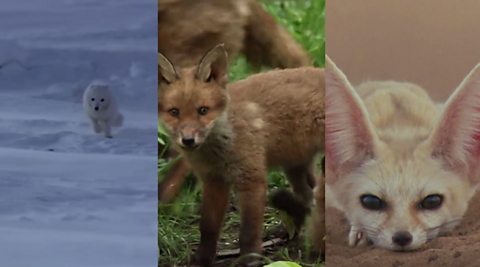
Classification of organisms. video
A look at how fish, reptiles, mammals and birds are classified into groups based on shared characteristics.
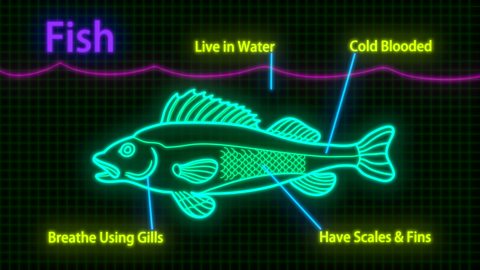
The life cycles of different organisms. video
A look at the life cycles of a range of organisms including a mammal, an amphibian, an insect, a flowering plant, a bird and a human.
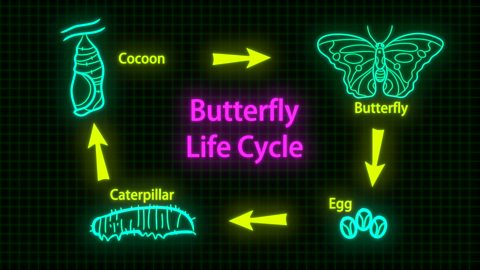
Food chains and food webs in animals. video
How energy is transferred through food chains and food webs via producers, primary and secondary consumers, predator, prey and decomposers.
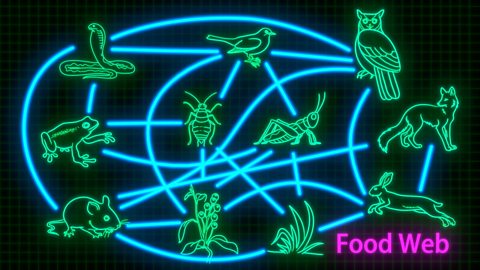
The connections within ecosystems. video
An introduction to the concept of an ecosystem, exploring different types and looking at the connections between the living and non-living components of an ecosystem.
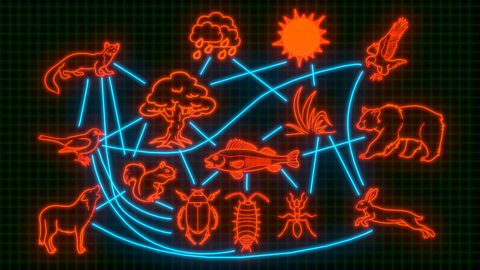
Human impact on the environment. video
A look at the impact of humans on ecosystems and the environment by focusing on the the penguins of Boulders Beach, Simons town, South Africa.
